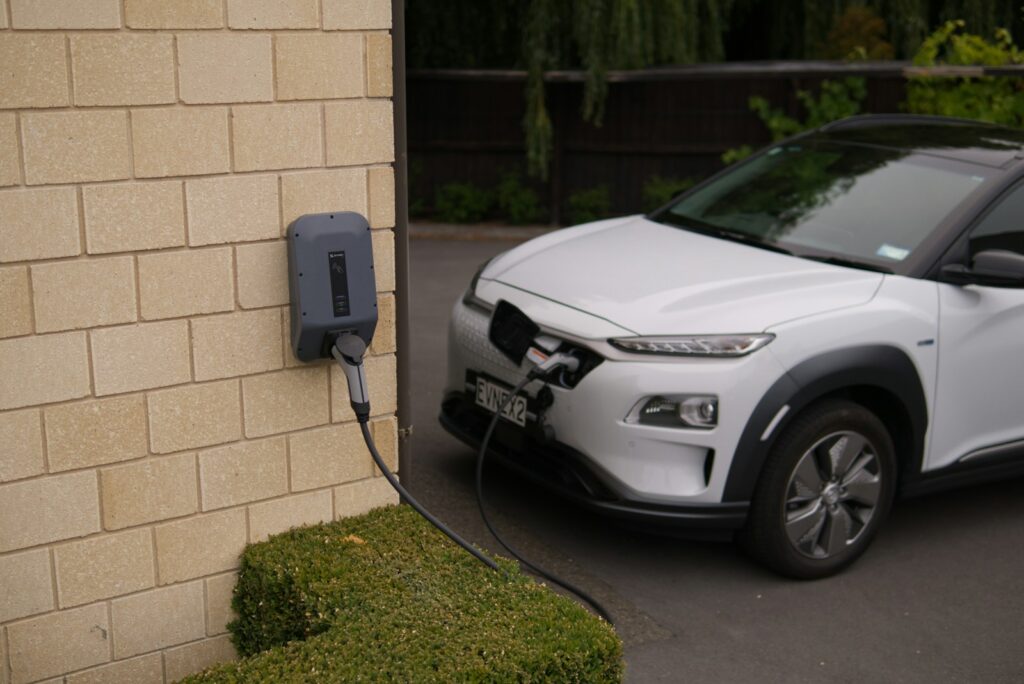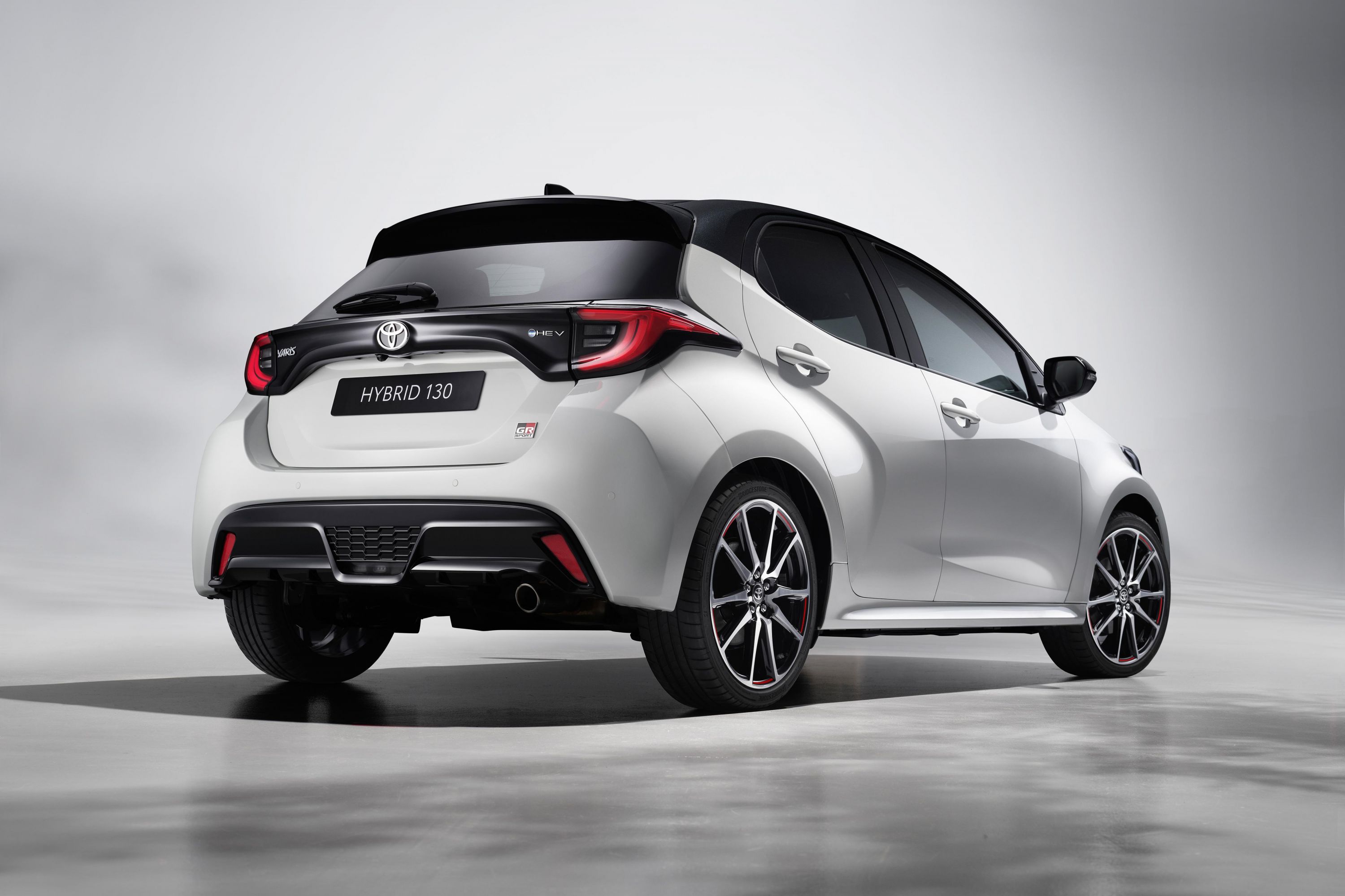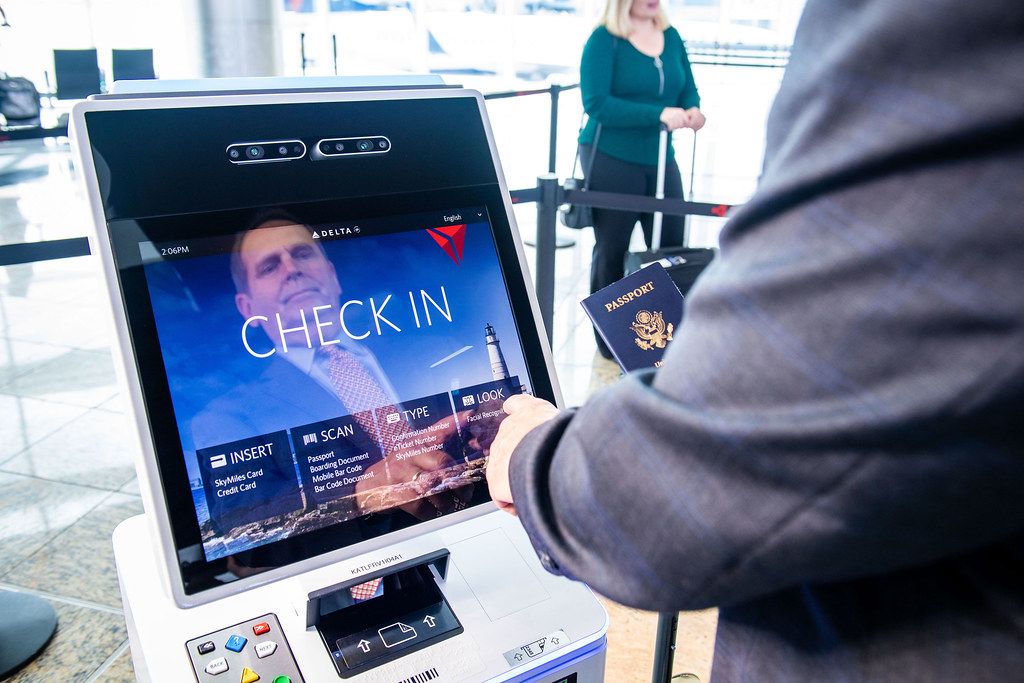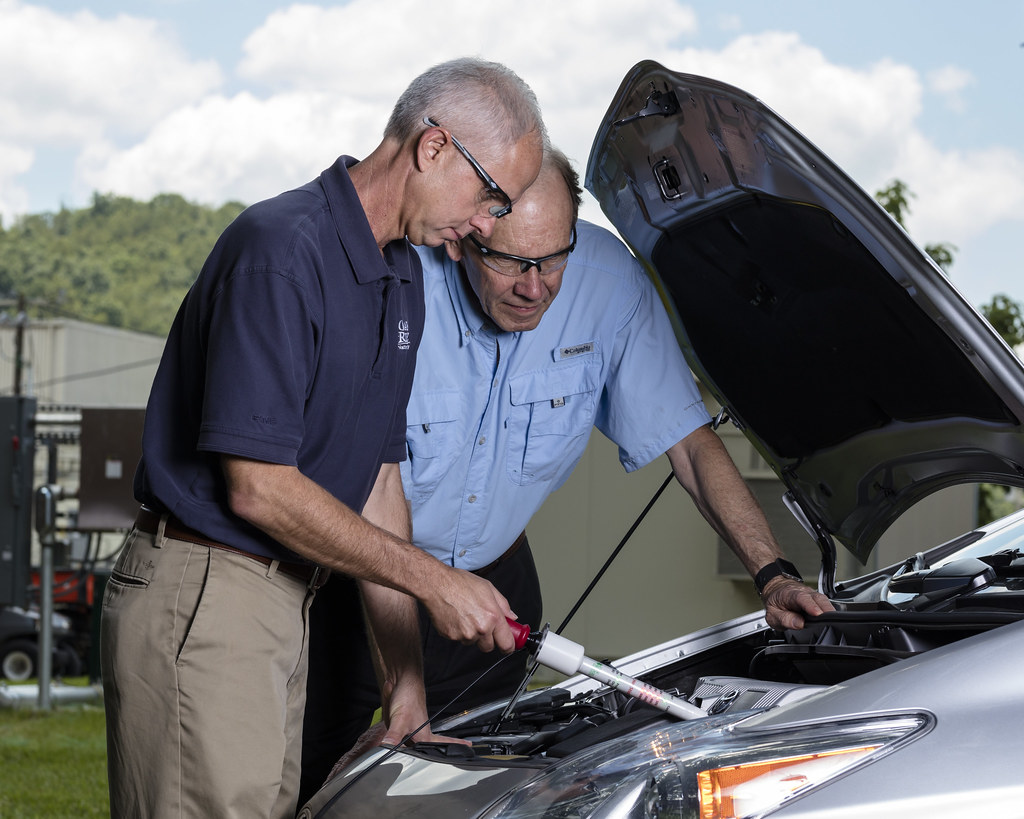
The world of car buying, especially for a shiny new electric vehicle, can feel like navigating a maze blindfolded. With Kelley Blue Book quoting the average price for a new EV around $64,249, it’s understandable that most people would be eager to shave off a significant chunk of that cost. While it might seem daunting, particularly with EV sales surging by 65% last year and demand sky-high, securing a substantial discount—even up to $5000—is absolutely within reach if you come prepared.
Many professions carry a reputation for opacity, and automotive sales often tops that list. But having worked as a sales rep at a Honda dealership for 25 years, I can tell you there are invaluable insights to be gained about how car dealerships truly operate. The industry’s opaque pricing and high-pressure tactics are real, yet understanding them empowers you to turn the tables. This article is your guide to becoming a savvy negotiator, equipping you with the strategies to confidently approach the dealership and drive away with the best possible deal on your next EV.
We’re here to demystify the process and arm you with practical, actionable steps that can save you thousands. From meticulous research before you even contact a dealer to mastering the art of negotiation, we’ll cover everything you need to know. The goal isn’t just to save money, but to empower you to feel confident and comfortable, transforming a dreaded back-and-forth into a satisfying financial victory. Let’s dive into the essential preparation and foundational knowledge that will pave your way to success.
1. **Conducting Thorough Research on Your Target EV**
“Nothing makes a car sales rep happier than someone who stumbles onto the lot with a good credit score and zero knowledge about cars.” This quote perfectly encapsulates why your initial research is paramount. Before you even think about setting foot in a showroom, you should strive to know more about the specific EV you want to buy than the sales representative does. This isn’t just about impressing them; it’s about protecting your wallet.
The specific car you desire—its mileage, condition, trim level, and even color—all critically influence its fair price. If a particular EV model or configuration is unpopular or has been sitting on the lot for a while, the dealer will likely be more inclined to offer significant discounts to move it. Conversely, if you walk in unaware, they’re sure to try and sell it to you at full price, missing a prime opportunity for savings. Your objective is to enter the negotiation armed with facts, not just feelings.
This meticulous research means delving into a car’s reliability, safety ratings, and precise pricing information. Determine exactly which makes, models, years, and trims you are interested in buying well in advance. If you need to test drive different models to make up your mind, do this early in the process. Make it unequivocally clear to the dealer that you are comparison shopping and require a few weeks to finalize your decision. While this might lead to less attentive service or annoying follow-up calls, these minor hassles are a small price to pay when making such a significant financial commitment. The time invested in comprehensive research directly translates into thousands of dollars saved.
Read more about: Don’t Get Shocked: Decoding Hybrid Battery Replacement Costs and What You Need to Know
2. **Understanding the Fundamental Clash of Priorities**
When you eventually step into the dealership, it’s crucial to acknowledge a fundamental truth: your priorities and the dealer’s priorities are completely at odds. You are there to secure a fantastic deal on a car that aligns with your budget and lifestyle. The dealership, on the other hand, aims to make you overpay for a car, perhaps one you don’t even truly need, simply to clear it from their inventory and maximize their profit margins.
Car dealers are masters at making the car-buying process an emotional one. They want you to inhale that “new car smell,” to envision how much cooler you’ll appear in a brand-new vehicle, and to starkly contrast their gleaming, spotless new cars with your current ride—complete with that elusive moldy french fry under the seat. This emotional connection is a powerful tool they use to cloud your judgment and push you towards an impulse purchase, often at an inflated price.
Being aware of this psychological play is your first line of defense. Recognize that the salesperson is not your friend, nor are they necessarily looking out for your best interests; their job is to sell you a car for as much profit as possible. By understanding that their objective is to leverage your emotions against your financial prudence, you can approach the situation with a clear, rational mindset, focusing solely on the numbers and the best possible deal. Maintain an objective, business-like demeanor, and don’t let the allure of a new vehicle sway you from your prepared strategy.
Read more about: Behind the Impasse: 12 Core Budget and Contract Challenges That Strain Film Production Partnerships

3. **Leveraging Powerful Online Research Tools**
In today’s digital age, you have an arsenal of online resources at your fingertips, ready to provide the granular detail needed for shrewd negotiation. These tools are indispensable for becoming the informed buyer that dealers dread. Knowing where to find reliable, in-depth information about car models, market values, and pricing trends can put thousands of dollars back into your pocket.
One highly recommended resource is **Consumer Reports**. They offer extensive satisfaction and reliability ratings on virtually every car model sold in the United States. While an annual subscription costs $39, the insights gained into a car’s long-term performance and potential issues can be well worth the investment when choosing a new car, especially an EV where reliability is a key concern for many buyers. This is your go-to for objective, data-driven assessments of fundamental vehicle quality and owner satisfaction.
For those who want to go beyond mere reliability, **Car and Driver** is an excellent supplement. This site provides reviews crafted by true car enthusiasts, delving into the driving experience itself. How does the EV handle? Is it engaging to drive? How do its technology and styling stack up against competing electric models? If your desire extends beyond simple A-to-B transportation to include the joy of ownership, Car and Driver offers crucial perspective on the qualitative aspects that make a car exciting to own.
When it comes to understanding market value, especially for potential trade-ins or spotting deals, **CarGurus.com** and **Kelley Blue Book (KBB)** are invaluable. CarGurus provides a unique feature that uses recent market data to indicate whether a used car’s list price is too high, average, or a good deal. Even if you’re buying new, understanding the used market for your desired EV gives you a sense of its depreciation rate and market demand, which directly impacts your negotiation leverage. KBB, meanwhile, is the gold standard for looking up the potential value of a car you want to trade in or sell. By typing in a vehicle’s license plate or VIN, KBB returns a range of values, equipping you with concrete figures to use when discussing your trade-in. These sites empower you to walk into a dealership with a precise understanding of a vehicle’s true worth.
Read more about: Your Empowerment Guide: Navigating Simple Estate Planning Without a Lawyer to Secure Your Future

4. **The Golden Rule: Negotiate the Total Price, Not the Monthly Payment**
This is perhaps one of the most critical pieces of advice for any car buyer: always, without exception, negotiate on the total “out-the-door” (OTD) price of the vehicle, not the monthly payment. Dealerships universally prefer to discuss monthly payments because it’s an incredibly effective way for them to obscure the actual selling price of the car and inflate their profits.
When you focus on monthly payments, a salesperson can make it appear as though they are offering you concessions on the price. In reality, they might simply be lowering your monthly payment by extending the loan term significantly—meaning you pay more interest over a longer period—or by reducing an already-inflated interest rate, which doesn’t genuinely reduce the car’s cost. This tactic keeps you fixated on an affordable recurring charge, distracting you from the true, higher total cost.
If a salesperson persistently tries to steer the conversation towards monthly payments, politely but firmly request to see the total purchase price and insist on discussing adjustments to that figure. If they balk or outright refuse, consider it a significant red flag and a strong signal to take your business to a different dealership. Remember, the OTD price includes all taxes, state fees, and crucially, those “bogus fees” that dealers love to tack on. These often include “documentation fees,” “preparation fees,” “advertising fees,” or overpriced extras like window etching or protective coatings, all of which add hundreds or even thousands to the bottom line. Every single one of these add-ons and fees is negotiable, despite what a dealer might claim. Hold firm on your desired OTD price, and they will find a way to accommodate you if they genuinely want to close the sale.
Read more about: Your Blueprint to Bargain: Smart Negotiation Strategies for Thousands in Savings on Your Next Car and Dealer-Installed Upgrades
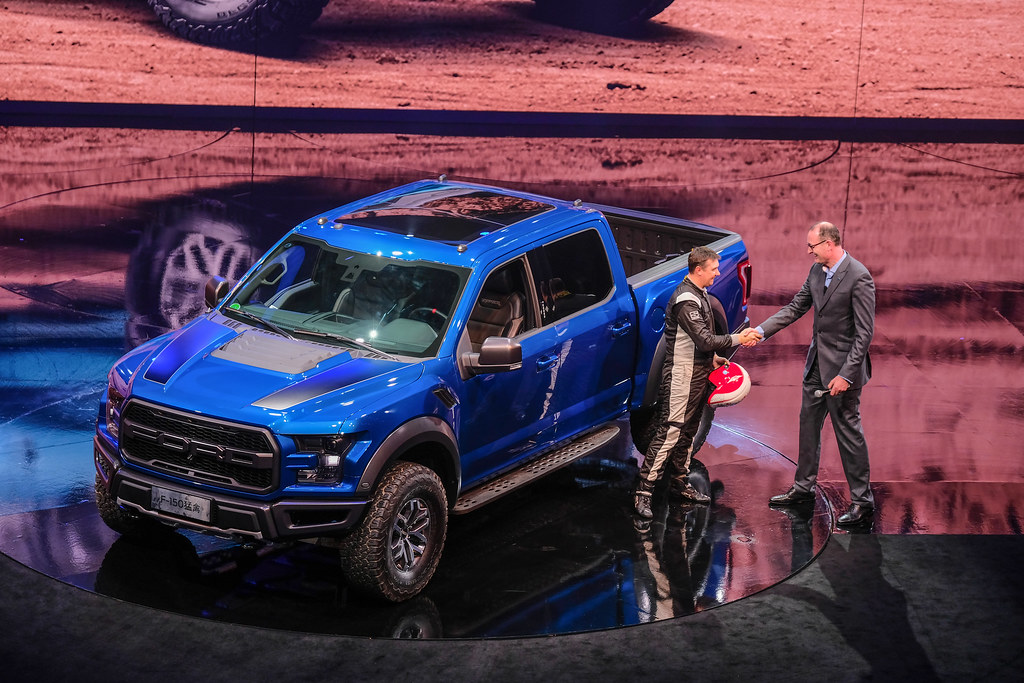
5. **Deciphering Key Car Pricing Terms: MSRP, Invoice, and Market Price**
To effectively negotiate, you must be fluent in the language of car pricing. Understanding terms like MSRP, sticker price, invoice price, and market price is not just academic; it provides you with the intellectual ammunition to challenge inflated figures and demand a fair deal. Knowing what each of these means allows you to decipher a dealer’s pricing strategy and push for concessions based on factual data rather than guesswork.
The **MSRP**, or Manufacturer’s Suggested Retail Price, is the automaker’s recommendation for what the dealership should sell a new car for. It’s a guideline, not a mandate. Crucially, dealerships and carmakers are separate entities—a Mazda salesperson, for example, is not a Mazda employee—so they are not bound to sell at MSRP. The **Sticker Price** is the actual bottom-line price displayed on a new car’s window sticker. While it should theoretically match the MSRP, some dealers will add a “market adjustment” to the MSRP, especially for rare or in-demand vehicles, resulting in a higher-than-MSRP sticker price. During times of supply chain disruption, like the COVID pandemic, dealers even applied market adjustments to popular yet ordinarily accessible models like Toyota Corollas. Always cross-reference the sticker price with the MSRP and be wary of any unannounced “adjustments.”
The **Invoice Price** is, in theory, what the dealer pays the manufacturer for the car. If an automaker sets an invoice price of $30,000 and an MSRP of $33,000, the intended profit for the dealer is $3,000 before accounting for overhead. However, manufacturers and dealers often obscure the dealer’s true cost through various discounts, rebates, and incentives (like “dealer holdback”—a bonus paid after a sale). Therefore, a car selling “below invoice” doesn’t necessarily mean the dealer is losing money; they might have acquired the car for less due to incentives and are still making a profit. This complexity highlights why simply knowing the invoice price isn’t enough; you need to understand the broader market.
The **Market Price** is arguably the most crucial figure: it represents what consumers are, on average, actually paying for that specific car in your region. Most car buyers typically pay somewhere between the invoice price and the MSRP. Dealers invest heavily in databases that provide real-time data on how quickly each model is selling locally and nationally. When sales are brisk, dealers hold firm on pricing. When sales are slow, your opportunity for winning concessions dramatically increases. This underscores the importance of your pre-dealership research: understanding current market demand for your chosen EV allows you to gauge your negotiating power accurately.

6. **Setting Your “All-In” Budget with the 20/4/10 Rule**
Before you even begin to fantasize about driving a new EV, establishing a rock-solid, all-encompassing budget is perhaps the most fundamental step. A new or used car represents one of the most significant financial commitments you’ll make, and knowing precisely what you can realistically afford will fortify your resolve against persuasive sales pressure to upgrade or overpay. This isn’t just about the purchase price; it’s about the entire financial picture.
A highly practical guideline to start with is the **20/4/10 rule**. Ideally, you should aim to put at least 20% down on your new car. This includes any value from a trade-in, if you have one. A substantial down payment reduces the amount you need to finance, thereby cutting down on interest paid over the life of the loan. Less money owed also gives you a buffer against rapid depreciation in the initial years of ownership.
Next, the loan term should ideally be no more than 4 years. While longer loan terms offer lower monthly payments, they dramatically increase the total interest paid and keep you “underwater” on your loan (owing more than the car is worth) for a longer period. Shortening the loan term, even if it means a slightly higher monthly payment, is a savvy financial move in the long run. Finally, your monthly car payments, including insurance, should not exceed 10% of your take-home pay. This keeps your car expenses in a healthy proportion to your overall income, preventing your vehicle from becoming a financial burden.
To put these numbers into perspective, use an online car payment calculator to plug in these guidelines and determine how much you can truly spend. Crucially, as you perform these calculations, ensure you use an estimate for the *out-the-door* price, not just the manufacturer’s suggested retail price (MSRP). The MSRP on the automaker’s website rarely includes essential additions like taxes and various fees, which can quickly inflate the final cost by several thousand dollars. By meticulously calculating your all-in budget based on the 20/4/10 rule and a realistic OTD price, you create an unshakeable financial boundary that empowers you throughout the negotiation process.
Read more about: Inside Tricks: A Former Sales Manager’s Guide to Negotiating Your Next Car Deal Like a Pro

7. **Securing Pre-Approved Financing Before Stepping Foot in the Dealership**
Armed with your thoroughly researched vehicle knowledge and a clearly defined budget, the next strategic move in your preparation phase is to secure pre-approved financing. This step provides two significant advantages that will profoundly empower your negotiating position at the dealership. It transforms you from a potential borrower desperate for a loan into a financially prepared buyer with options.
Firstly, having pre-approved financing in hand allows you to directly challenge the dealer’s financing offers. When you inform the salesperson that you already have a loan lined up, you can confidently ask them to beat the interest rate you’ve been offered by your bank or credit union. This puts the ball squarely in their court: if they want your business, they must compete with a concrete offer you already possess. This tactic often results in the dealership finding a way to provide an even more competitive rate, as they prefer to keep the financing “in-house” for their own profit.
Secondly, and equally important, pre-approved financing establishes a firm, external limit on your budget. If you walk into a dealership with a pre-approval for, say, $30,000, it effectively removes the temptation to overpay for a higher trim level or additional options that you might not genuinely need or can’t truly afford. This external validation of your budget acts as a psychological barrier against a salesperson’s attempts to upsell you. You can confidently say, “My pre-approval is for this amount, and I’m sticking to it.” It keeps you grounded in financial reality and prevents emotional impulses from driving up your total cost.
The ease of this process cannot be overstated. By contacting your bank or a local credit union before your dealership visit, you obtain a concrete loan offer. This not only gives you a powerful negotiation tool for interest rates but also reinforces your overall budget, making you a much more formidable and less susceptible car buyer. It’s an indispensable layer of financial protection that ensures you control the terms of your purchase.
Read more about: Steering Clear of Financial Disaster: Critical Mistakes Luxury Car Buyers Make with Loans and Ownership
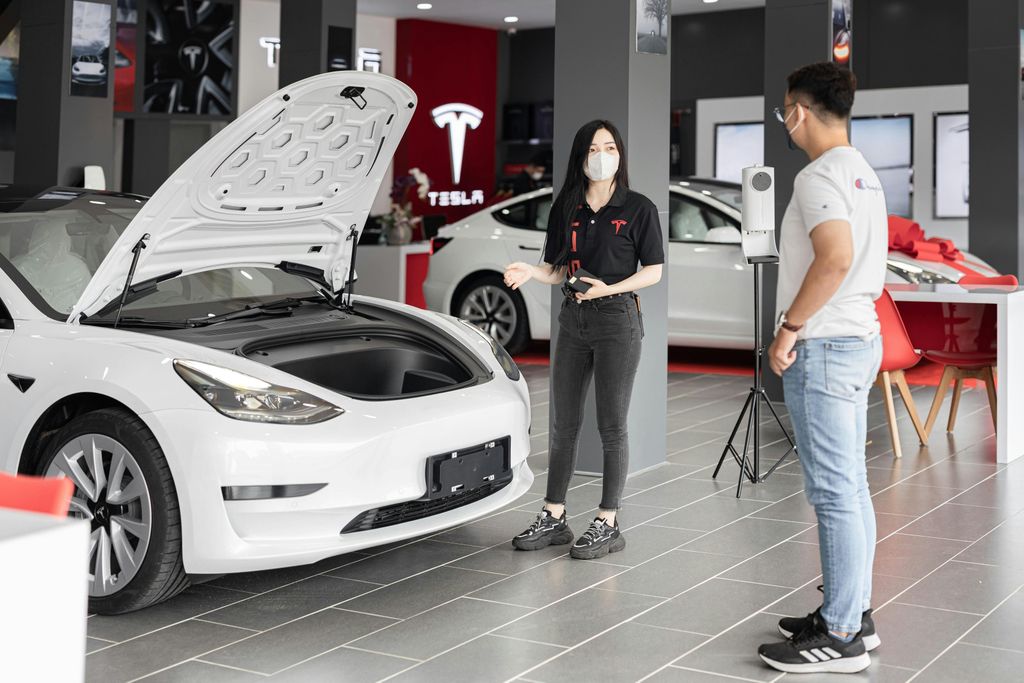
8. **Countering Dealership Pressure: Negotiating Remotely and On-Site**
Car dealerships are strategically designed to leverage in-person presence and emotional appeal, making it challenging to resist impulse purchases. Salespeople are trained to create urgency, implying your desired EV might not be available tomorrow, or that another buyer is waiting. They prefer face-to-face negotiations because it allows them to apply pressure, a tactic they lose when dealing remotely via phone or email. Recognizing this emotional manipulation is your first line of defense.
To counter this, always insist on receiving an “out-the-door” (OTD) price over the phone or email *before* visiting the dealership. If a salesperson attempts to schedule an “appointment” without providing a concrete price, politely but firmly explain you’ll seek other dealerships. This approach neutralizes their primary pressure tactic, enabling you to compare offers objectively from a comfortable, low-pressure environment. In fact, it’s entirely possible to finalize a price remotely, only visiting the dealership to pick up your new EV.
Another common tactic is the “I have to ask my manager” routine, designed to wear down your patience. Sales reps typically lack price negotiation authority, leading to repeated, lengthy disappearances to “consult” their manager. They hope your frustration will grow, making you more inclined to accept their offer. Be aware this is a deliberate ploy. You can mirror this by feigning the need to consult a partner or parent, allowing you to step away, maintain composure, and make rational decisions, effectively turning their tactic against them.

9. **Mastering the Trade-In: Separate Negotiations for Maximum Value**
While selling your current vehicle privately typically yields the most money, trading it in at the dealership offers undeniable convenience. However, this convenience often comes at a cost if you’re not strategic. Dealerships frequently “bake in” the trade-in value into the new car’s purchase price, allowing them to undervalue your trade while simultaneously making it seem like they’re offering a significant discount on the new EV. This tactic obscures the true profit they’re making.
The crucial strategy here is to negotiate your trade-in as an entirely separate transaction. First, finalize and agree upon the “out-the-door” price for your new EV. Only once that price is locked in should you introduce your trade-in. At this point, armed with values from Kelley Blue Book or online instant offers, you can state, “I’m comfortable with the new car price. Now, for my trade-in, I have a cash offer for [amount]. Can you beat that?” This forces them to compete directly for your used vehicle, preventing them from manipulating both prices.
Knowing your car’s true trade-in worth beforehand is vital, as offers can vary by thousands of dollars between dealerships. Some buyers choose to delay mentioning their trade-in until after the new car price is settled, saying they “haven’t decided yet.” While this might slightly annoy the salesperson, its purpose is to prevent the trade-in value from influencing the new car negotiation. Your priority is securing the best overall deal, not fostering friendship, so keeping these two financial aspects distinct is paramount.
Read more about: Mastering the Car Trade-In: An Expert’s Guide to Negotiating a Better Price for Savvy Buyers

10. **Sparking a Bidding War: Leveraging Competition for the Best Price**
Once you’ve zeroed in on the exact make, model, year, and trim of your desired EV, it’s time to leverage the power of competition among dealerships. Online platforms like Cars.com, CarGurus, and AutoTrader are invaluable for locating nearby dealers with your chosen vehicle in stock. Always note the specific stock number—this detail not only saves time but signals to dealerships that you are a serious, well-informed buyer.
The strategy is simple yet highly effective: initiate a bidding war. Contact “Dealer 1” and request their absolute best “out-the-door” (OTD) price, including all taxes and fees, for the specific EV. Take this offer to “Dealer 2” and ask if they can beat it. Then, present the lowest offer you’ve received so far to “Dealer 3,” and repeat the question. Continue this cycle, always providing the current lowest bid to the next dealership in line.
This methodical approach offers dual benefits. Firstly, it allows you to pre-negotiate the best possible price remotely, stripping dealerships of their in-person manipulation tactics. Your visit then becomes a simple transaction for payment and paperwork. Secondly, this method effectively saves you thousands. Each dealer understands they must offer their sharpest price to win your business, creating genuine competitive pressure to reduce their margins. This process empowers you to dictate the terms and secure the most favorable deal.

11. **Saying ‘No’ to Overpriced Extras: Protecting Your Bottom Line**
Even after successfully negotiating the car’s price and your trade-in, the dealership’s finance and insurance (F&I) office often presents a final gauntlet of “recommended extras.” These add-ons, from extended warranties to paint protection, are almost universally overpriced by the dealership and designed to inflate their profits. Consumer Reports data reveals most extended warranty buyers actually lose money, as average costs often exceed average repair expenses.
Your most effective defense is a firm “no.” Instead of a dealer extended warranty, focus on purchasing a reliable EV with a strong factory warranty and commit to proper maintenance. For high-cost European cars you plan to keep long-term, consider third-party warranties which are often more competitively priced, and remember, you usually don’t have to buy a warranty at the exact point of sale.
Beyond warranties, dealerships frequently push “dealer-installed extras” like ceramic coating, wheel insurance, or nitrogen-filled tires. These are typically far cheaper elsewhere; for example, a $495 dealer window tint could cost $150 at a local shop. Similarly, gap insurance, while important for financed vehicles due to depreciation, is often grossly overpriced by dealers. Always check with your own auto insurer for their “new car replacement” or gap coverage, which will almost certainly be more cost-effective. During your F&I meeting, a polite but firm, “Thank you for the offer, but I’d like to stick with the agreed-upon price for the vehicle only,” is all you need.

12. **Optimizing Your Loan: Beyond Pre-Approval**
While securing pre-approved financing is a powerful initial step, the terms of your auto loan itself can still significantly impact the total cost of your new EV. High interest rates, sadly common in 2024, can add thousands to your purchase over the loan’s lifetime. For instance, a $30,000 loan at 7% over five years incurs over $5,600 in interest, adding nearly 20% to the car’s initial cost. Minimizing this financial drain is crucial for savvy buyers.
The most effective way to cut financing costs is to reduce the loan term. While longer terms offer lower monthly payments, they dramatically increase the total interest paid. Aim for a loan of four years or less; prioritizing a slightly higher monthly payment for a shorter duration is a shrewd financial move, saving you considerable money and building equity faster. Your pre-approved loan provides a baseline for the F&I office; challenge them to beat its interest rate. Dealerships profit from financing, so they have an incentive to offer a competitive rate to keep your business in-house.
Crucially, make a substantial down payment and avoid financing sales tax or any additional “extras.” A larger down payment reduces the principal, directly lowering your total interest. Financing taxes or other fees means paying interest on non-asset-generating costs, an unnecessary financial burden. Before signing any final paperwork, meticulously review the purchase order. Verify the new car price and trade-in value match your negotiated terms, and carefully check for any unexpected fees or hidden add-ons. Do not sign until everything is accurate and agreed upon.
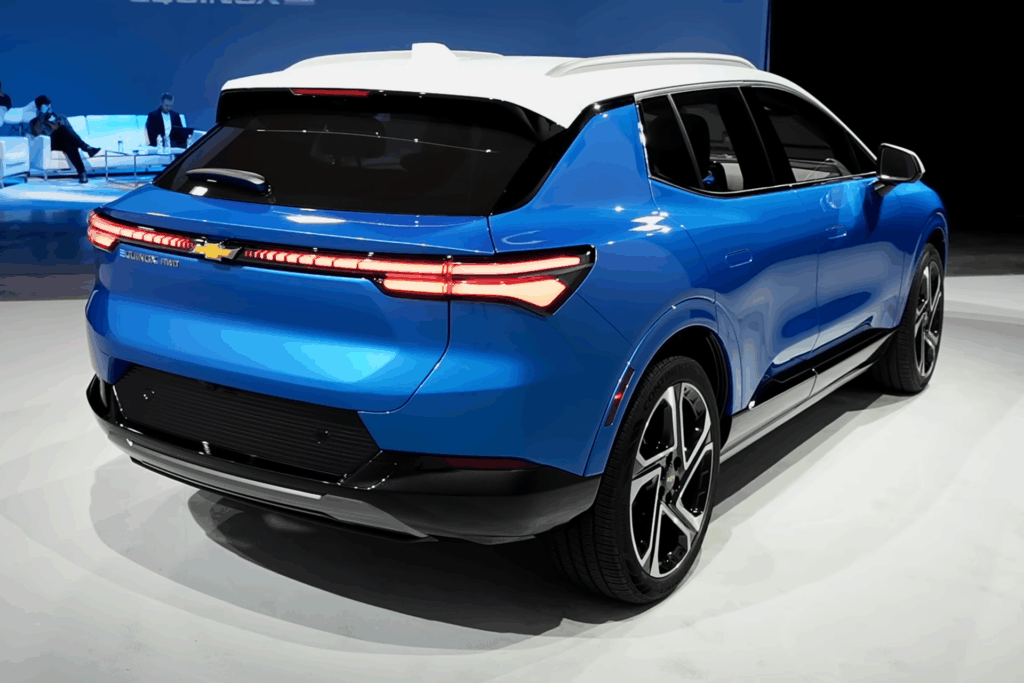
13. **Embracing Flexibility: The Power of Options, Including Hybrids**
In the evolving EV market, flexibility serves as a potent negotiation tool. While supply chain issues have eased, popular EV models can still have high demand and less room for price negotiation. As industry experts note, dealers are often more willing to offer sizable discounts on stock if you’re open to variations. This could mean considering a model with slightly different specifications, an alternative color, or even an older model year that might have been on the lot longer.
If you arrive with a rigid demand for a very specific, in-demand EV configuration, dealers will likely hold firm on pricing. However, by expressing openness to minor deviations—a different interior, a slightly higher trim, or even a previous year’s model—you empower the dealer to move existing inventory. This creates a win-win scenario: they clear stock, and you secure a better price. Your willingness to compromise on minor preferences directly translates into greater negotiation leverage for thousands in savings.
Beyond specific EV models, expanding your consideration to hybrids can unlock even greater financial advantages. Hybrids are currently in significantly lower demand than pure EVs, creating more room for negotiation. They are also considerably cheaper upfront—often $10,000 to $15,000 less—while still providing substantial fuel savings compared to traditional gasoline cars. Choosing a hybrid offers a pragmatic approach to eco-conscious driving, providing excellent fuel efficiency and lower purchase costs, making it an attractive option for the budget-minded and flexible buyer seeking significant savings.

14. **The Ultimate Power Move: Staying Calm and Being Ready to Walk Away**
After all your thorough research, meticulous budgeting, and strategic negotiation, the most powerful tool you possess is simply your composure and the genuine willingness to walk away. The car-buying journey can evoke strong emotions—frustration or excitement—which dealerships are adept at exploiting. Rushing decisions due to impatience or being swept up by the allure of a new EV can lead to overpaying, a pitfall salespeople are keenly aware of.
Maintaining calm throughout the negotiation is paramount. You are armed with solid facts: your budget, the EV’s market value, and potentially competing offers. This knowledge provides a distinct advantage. Online negotiations, conducted via chat, email, or text, further facilitate composure by removing the high-pressure, face-to-face element. This gives you ample time to thoughtfully consider each offer, review your notes, and respond without immediate psychological influence, directly from the comfort of your home.
The ultimate display of confidence and control is being prepared to walk away from any deal that doesn’t meet your terms. This isn’t about confrontation but adhering to your clearly defined bottom line. If a dealership refuses to meet your reasonable offer or persists with pricing games and hidden fees, be ready to politely end discussions and explore other options. There are always other dealerships and other vehicles. Your meticulous preparation is wasted if you succumb to pressure at the final hour. This readiness often prompts dealerships to become more flexible, preferring a slightly reduced profit over losing a sale entirely. By holding firm, you assert control and ensure you purchase your desired EV at the price you intended.
Negotiating the price of a new EV doesn’t have to be the “dreaded back-and-forth” that many consumers anticipate. By approaching it with meticulous preparation, strategic thinking, and unwavering composure, you can transform it into a satisfying financial victory. These secrets, gleaned from years within the industry, empower you to navigate the complexities of dealership tactics and drive away confident that you secured the best possible deal on your next electric vehicle.

